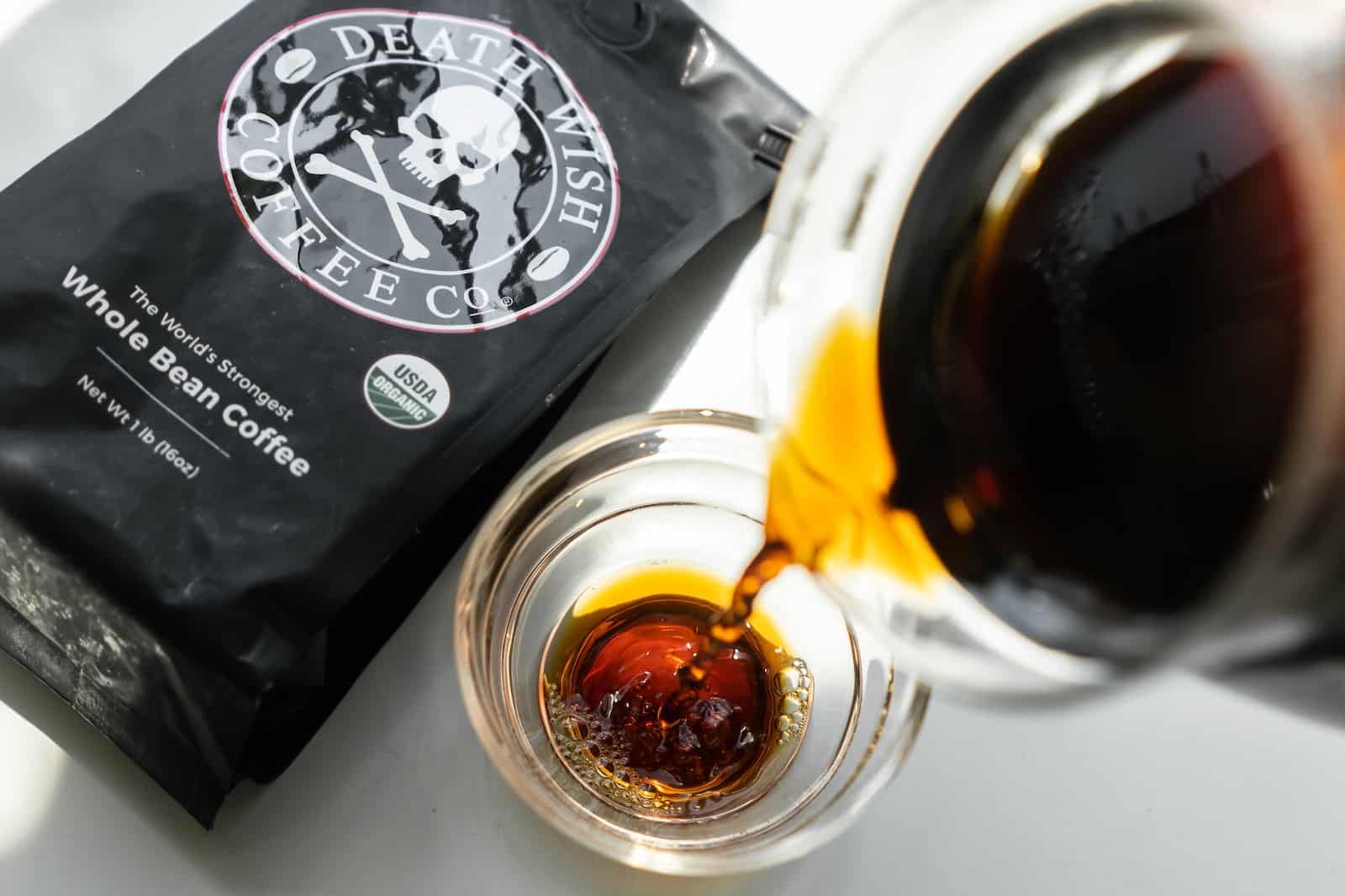

Cup qualities of green coffee beans and brewed coffee were also assessed by professional cuppers. In this study, dry and wet-processed sixteen Ethiopian specialty coffee genotypes were investigated for total polyphenols, chlorogenic acids, caffeine, and trigonelline at different stages using UV-Vis spectrophotometric and Rapid Separation Liquid Chromatographic methods. The highest concentration of Caffeine was 2,324% in roasted Arabic coffee seeds (Udaini) in Al- Mahweet (Hufash) region, while the highest concentration of chlorogenic acid was 47,09% in roasted Arabic coffee seeds (Dawairi) in Al- Mahweet (Hufash).Įthiopian specialty coffee is exported to the international market based on the cup quality classification however, there is limited information on the chemical characteristics. The highest concentration of Caffeine was 1,964 % in roasted Arabica coffee peels (Udaini) in Ibb (Kafr) region, while the highest value of chlorogenic acid was 26,260% in roasted Arabica coffee peels (Bura’ai.) in Sana'a (Haraz). The highest concentration of Caffeine was 9,948% in unroasted Arabic coffee seeds (Udaini) in Ibb (Kafr) region, while the highest concentration of chlorogenic acid was 97,280% in unroasted Arabic coffee seeds (Udaini) in Ibb (Kafr) region. The highest concentration of Caffeine was 5,334 % in unroasted Arabica coffee peels (Udaini) in Ibb (Kafr) region, while the highest value of chlorogenic acid was 68,460% in unroasted Arabica coffee peels (Tufahi) in Ibb (Kafr). The quantitative HPLC analysis revealed the results showed presence of Caffeine, chlorogenic acid (CGA) is the concentration of the contents Seeds, peels (unroasted) samples is higher than their contents in the Seeds, and peels (roasted) samples. In this study methanolic extract of one plant namely Arabic coffee, were screened for the presence of analysis Constituents and tested for their of liquid chromatographic separation (HPLC). Antioxidant effects of coffee samples were largely determined by chlorogenic acid content. The origin of coffee samples did not show any effect on any of the measured variables.

The results demonstrated a negative correlation between the chlorogenic acid levels with the degree of roasting, while it showed a positive correlation between the caffeine levels with the degree of roasting till a certain point where the levels dropped in the dark roasted coffee. The results showed that the highest content of caffeine was found in the medium roasted coffee (203.63 mg/L), and the highest content of chlorogenic acid content was found in the green coffee (543.23 mg/L). Total phenol and antioxidant contents were previously determined for the same samples. The levels of caffeine and chlorogenic acid were quantified using high-performance liquid chromatography (HPLC) equipped with a diode array detector, a reverse phase system, and an ODS column (C18). The coffee samples were extracted using hot water. The main aim of this study is to determine the levels of caffeine and chlorogenic acid in several coffee samples of different origins and degrees of roasting. In addition, phenols and antioxidants content possess vital health values.

Chlorogenic acid and caffeine are among the important components in coffee beans, determining the taste and aroma.


 0 kommentar(er)
0 kommentar(er)
